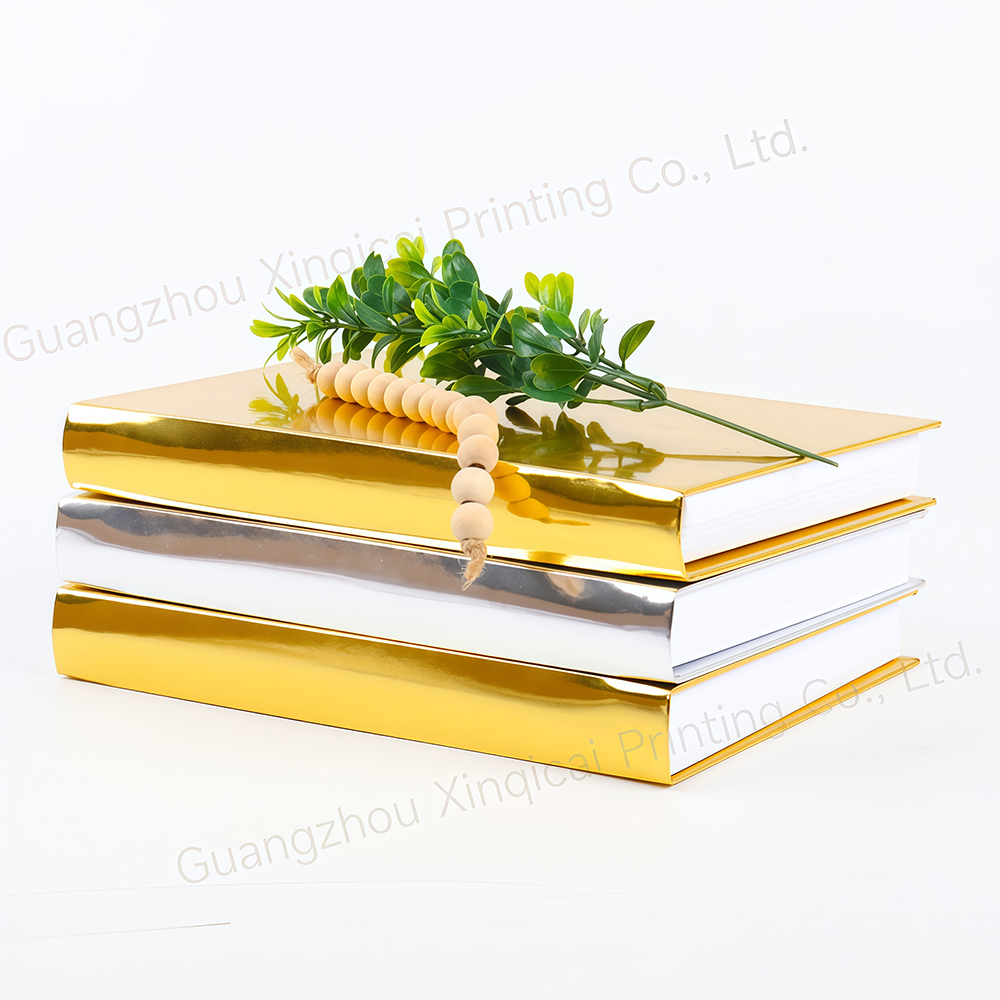When we talk about exquisite books, we often discuss the intricate gilding on the cover, the vibrant colored covers crafted using almost lost techniques, the unique texture of the marbled paper on the interior pages, or the exquisite hand-sewn silk thread lining.

However, we rarely pay attention to the three sides of a book. A beautiful book would be much less impressive without decorative borders.
Next, let's explore some hidden ways to decorate a book's borders!
1. Coloring the Sides of a Book
The sides of a book can be simply colored or dyed to complement the cover's decoration, creating a harmonious and unified aesthetic.
In addition to coloring the edges, bookbinders also apply "marbling" to the edges:
2. "Double-Sided Painting" on the Sides of a Book
When the pages are placed left and right, two different patterns appear. This decorative technique was often used in Bibles before the 20th century.
Even more interesting is that some books feature figures animated along the edges as the pages gently undulate:
(As the figure on the left walks right, the puppy on the right also runs to the left.)
3. Gilding of Book Edges
Books are gilded along all three sides, and many other exquisite decorations are also applied, such as hot stamping patterns and coloring.
Another interesting gilding method involves concealing a painting within the gilded edge: on the surface, it appears to be an ordinary gilded edge, but when the page is folded, the hidden painting is revealed.
4. Gilding Techniques
The gilding process for book edges is extremely complex and requires precise control of each step to achieve a perfect gilded edge. Prior to gilding, the edges must be polished for a long time until they achieve a mirror-like finish before gilding can begin. Furthermore, pure gold foil is expensive, making gilding of book edges a relatively rare feature in book binding, a truly luxurious experience.
Golding of the edges is typically performed after sewing and rounding the spine. There's also the practice of hot-stamping the inner pages before sewing. This method creates the most vivid, three-dimensional, and richly colored gilding. However, it also increases the complexity of subsequent sewing steps, requiring extreme care to prevent the gold from fading. Therefore, it's rarely used by gilders.
5. Flint-edge gilding
Flint-edge gilding requires trimming the pages and then sanding them, which reduces the size of the pages by several millimeters. For extremely rare inner pages, some collectors prefer to preserve their original appearance as much as possible, so they opt for "flint-edge gilding." Gold foil is applied only to the very top of the page. Compared to conventional gilding, the irregular edges created by flint-edge gilding are more interesting.
Flint-edge gilding also requires a blank sheet of paper to support each inner page, making it more complex to produce than conventional gilding. Currently, only a few European gilders are capable of performing this technique.
Exquisite book packaging attracts the attention of many consumers, and decorative side borders add the finishing touch. Understanding the hot stamping process can be a new idea for the printing industry. It turns out that the sides of books can be so beautiful!

